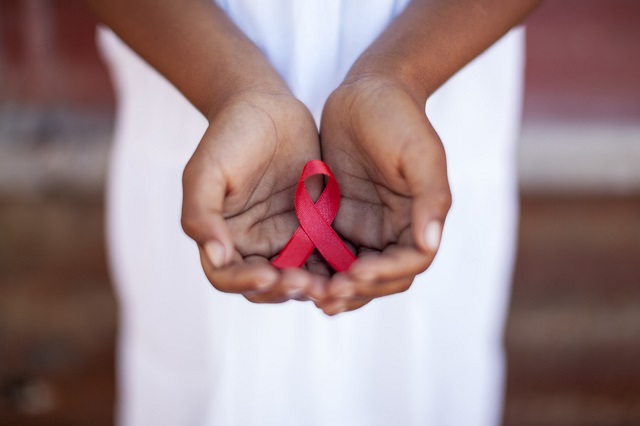
Kampala, Uganda | THE INDEPENDENT | The pace of progress in reducing new HIV infections, increasing access to treatment and ending AIDS-related deaths is slowing down according to the UNAIDS’ Global AIDS Update 2019.
The report; Communities at the Centre, shows a mixed picture arising from a widening gap between the resources needed and those available to manage the disease, as donors provide less funding, and domestic investments grow too slowly to compensate for inflation. For the first time, the global resources available for the AIDS response declined significantly, by nearly USD 1 billion.
The report shows that around 1.7 million people became newly infected with HIV in 2018, globally, a 16 percent decline since 2010, driven mostly by steady progress across most of eastern and southern Africa, the region most affected by HIV.
Jose Antonio Izazola, UNAIDS Special Adviser, Resource Tracking and Finances says that the funding gap in the fight against HIV stands at USD 7.2 billion shillings short of the estimated USD 26.2 billion needed by 2020. In 2018, USD 19 billion was available for the AIDS response
UNAIDS urges that to continue progress towards ending AIDS, all partners need to step up action and invest in the response, including by fully funding the global fund to fight AIDS, Tuberculosis and Malaria with at least USD 14 billion at its replenishment in October and through increasing bilateral and domestic funding for HIV.
“Political leadership is urgently needed to put AIDS back on the agenda, it is the only way, ending AIDS can become a reality,” said Gunilla Carlsson, the UNAIDS Acting Executive Director. Gunilla added that the journey to end HIV starts with investing adequately and smartly, and taking a human rights approach to reaching the people who are most affected by HIV.
Despite the shortfall in funding, AIDS-related deaths have continued to decline as access to treatment continues to expand and more progress is made in improving the delivery of HIV/tuberculosis services. Since 2010, AIDS-related deaths have fallen by 33 per cent, to 770, 000 people in 2018.
Progress is also continuing towards the 90–90–90 targets. Some 79 percent of people living with HIV knew their HIV status in 2018, 78 percent who knew their HIV status were accessing treatment and 86 percent of people living with HIV who were accessing treatment were virally suppressed, keeping them alive and well and preventing transmission of the virus.
The report highlights how communities are central to ending AIDS. Across all sectors of the AIDS response, community empowerment and ownership has resulted in a greater uptake of HIV prevention and treatment services, a reduction in stigma and discrimination and the protection of human rights
However, Laurel Sprague, the UNAIDS Special Adviser for Community Mobilization decries the insufficient funding for community-led responses and negative policy environments impede these successes reaching full scale and generating maximum impact.
Meanwhile, Mary Mahy, the UNAIDS Special Adviser for Epidemiology and Monitoring says more needs to be done to expand access to treatment for children. She observes that the estimated 940 000 children (aged 0–14 years) living with HIV globally on antiretroviral therapy in 2018 is almost double the number on treatment in 2010. However, it is far short of the 2018 target of 1.6 million.
*****
URN
 The Independent Uganda: You get the Truth we Pay the Price
The Independent Uganda: You get the Truth we Pay the Price


